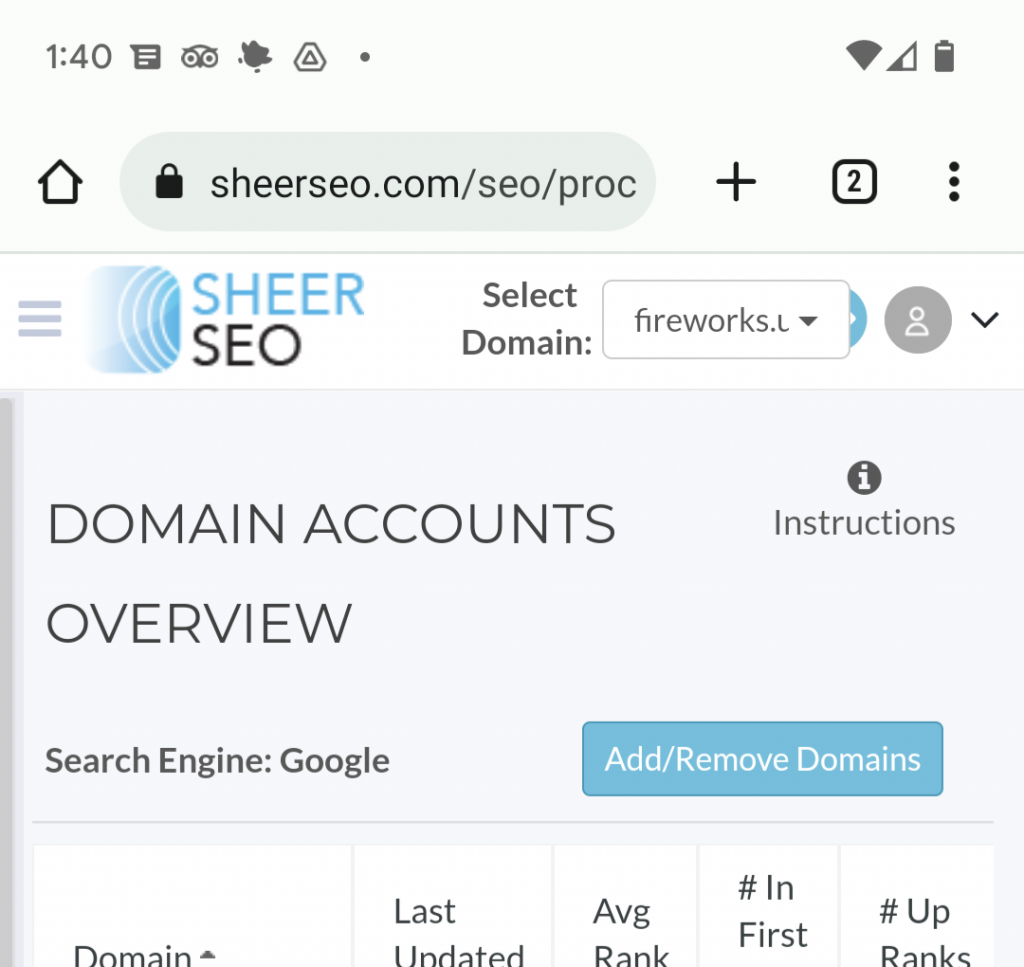Semantic Search in SEO: A Detailed Guide
When you’re browsing Google, you might already notice that this search engine can provide you with every search result you need.
For instance:
As you can see, this query doesn’t mention Gandalf’s name. However, Google clearly understands who we are talking about and what the information is requested to find out.
This intuitive reasoning is possible thanks to semantic search.
In this guide, you will learn the information on everything about semantic search.
Let’s start!
What Is Semantic Search?
Basics of semantic search lie in providing users with the most relevant search results per their requests. The main idea of semantic search is focusing on the meaning behind the search request but not on a standard keyword matching.
It should be mentioned why semantic search is critically important.
There are several reasons for this. Let’s review the most straightforward ones:
- You Use a Wrong Language in Getting Content You Need
Have you ever faced a problem when you can’t express what you want verbally? What about the inability to express your thoughts in a search query?
For example, you’ve happened to watch some movie from the end. You wanted to find out the title. What are you going to do? You’re starting searching the answer in Google:
Google suggests you the most relevant result per your weird request – the title of the movie that ends exactly as you’ve pointed out in your inquiry.
- Ambiguity of Your Search Requests
Did you know that approximately 40% of English words have a few meanings? In other words, these words are polysemous. For Google, it is pretty challenging to differentiate such queries.
Let’s say, you’re exploring a keyword “panda”, you will see that it has around 266 000 monthly searches in the USA only:
The number is too big due to one reason – this keyword has a few search intents behind it. Some people are searching for a cute bear panda, the other – for Google algorithm.
It means that context plays a huge part in semantics.
- Try to Understand Both Lexical Hierarchy and Entity Relationships
First of all, let’s review the following results for a specific inquiry:
Google understands this inquiry in several ways:
- It identifies the word “partner” as a polysemantic one. Hence, Google suggests a few meanings of this word like “spouse”, “fiance”, “husband”, “wife”, etc
- Also, Google knows that there is a number of different actors who played the role of Sherlock Holmes + it is a series of movies
- It builds the connection between all these factors
- It provides the results that would reflect the ambiguity of “Sherlock Holmes”
The next step is to understand the lexical hierarchy and entity relationships.
Lexical hierarchy shows a kind of relationship between words. In this very case, the word “partner” is a hypernym to the words “fiance”, “girlfriend/boyfriend”, etc.
Talking about the entities from this example, they are:
- The same character Sherlock Holmes in a series of movies
- People associated with the role of Sherlock Holmes
- People associated with a position (partner)
To sum up, Google takes into account all these possible lexical connections to suggest the most related results per request.
- Reflect Personal Interests and Trends Properly
Google always provides you with the most accurate results according to your request. It takes into consideration your search history and adjusts it to the queries you type into a search bar.
For instance, if you type whatever type of product/service in Google, you will get some localized results:
The more interesting fact about semantic search is that Google can provide you with the results that are based on a dynamical change of search intent.
If you explore the changes behind a search intent when people search for a keyword “coronavirus”, you will see interesting statistics. Right before the pandemic caused by COVID-19, the term “coronavirus” had been the name of a group of viruses. Now, review how the search intent has changed drastically nowadays:
People are searching for some sickness statistics, symptoms, etc. But nobody is looking for general information on a group of viruses called “coronavirus.”
The same happens during “Black Friday” days and other holidays.
How Semantic Search Works From Google’s Perspective
Did you notice that Google releases new algorithm updates from time to time?
It happens due to one reason – Google wants to improve its functionality to understand search intent better.
To give you a clear idea of how semantic search works, you should review these four important aspects:
- Knowledge graph
Knowledge graph works as a mechanism that enables the flow from keyword matching to semantic one.
- Hummingbird
The main idea for releasing a search algorithm Hummingbird was to provide users with better search results (to help complex search inquiries specifically.)
Furthermore, this update was the first one that prioritized the meaning of queries over individual keywords. Therefore, these new changes pushed content writers to produce content that would be based on some specific topics, not keywords.
- RankBrain
Have you ever stumbled upon an abbreviation LSI? This abbreviation breaks into “Latent Semantic Indexing” phrase that stands for a natural-language processing technique. To put it simply, LSI keywords are words and phrases that fit some particular topic specifically.
For example, if you’re writing a piece of content about coworking space, thus the LSI keywords that would go under this topic might be – coworking residents, coworking management software, access control, hot desk, etc.
Consequently, Google has released an algorithm that would understand LSI queries in a more progressive way. This algorithm is called RankBrain.
RankBrain uses specific machine learning algorithms that can understand the meaning of whatever words or phrases users type into a search bar.
By the way, RankBrain is not a separate algorithm. It is an update to Hummingbird.
A small tip – if you want to satisfy the RankBrain algorithm, you should create your content that would be optimized for search intent.
- BERT
The latest massive update from Google that makes semantic search working more effectively. The main focus of BERT is to improve the understanding of long and complex sentences.
The Ways on How to Adapt SEO for Semantic Search
Let’s move directly to five ways on how to adapt your SEO for semantic search:
- Focus solely on topics
If you get back to the past days of SEO, you will see that you could rank well with the same pieces of content that would cover the same topic. Moreover, you could target different variations of the same keywords.
Nowadays, this order of things is not relevant. A search engine called Google understands all these semantically related queries pretty well.
Hence, you shouldn’t be focused on ranking for some specific target keyword; you should be focused on the topic you’re covering in your piece of content. The rest will be done by Google – it will rank your content for all possible topic-related seed and long-tail keywords.
For example, here at andcards we wrote a post on top coworking spaces in the USA. This post ranks well on the number of topic-related keywords:
We could rank for all these keywords because we were focused on writing an in-depth piece of content.
- Analyze search intent
Don’t create your content if you don’t follow search intent. Right before you start writing, you should review top pages per your query in order to identify search intent behind each piece of content.
- Semantic HTML
By using semantic HTML you will add the meaning to the code. It will help machines identify different elements of the text, like headers, blocks, footers, etc.
- Don’t forget about using schema markup
It is strictly important to mark up the pages on your website. Thus, you will help Google understand your content easier. You can use schema.org vocabulary for this purpose.
- Build more links
Links work as an indicator of relevancy. If a blog post A links to a blog post B, then there is some logical connection between these two pieces of content.
Google takes into account both internal and external links within the content. Plus, Google pays attention to anchor text that helps it find out what your content is all about.
Conclusion
Semantic search made a revolution in the world of content creation. It forced Google to run new algorithm updates that would make the process of understanding search inquiries easier.
As a result, content creators try to fit these needs as well by producing related content that would satisfy both Google and users.
Undoubtedly, semantic search is a brand-new stage of digital progress.
Author’s bio: Sergey Aliokhin is a Marketing Manager at andcards. Apart from exploring different marketing and SEO things he likes reading, playing the bass, and studying martial arts.



Thanks Sergey for the detailed SEO semantic insights, your article is very helpful. Keep up the good work.
Good Article…!!!
A very interesting article and good summary about how the semantic search works. Good job!
Semantic search is an information retrieval process used by modern search engines to return the most relevant search results. In other words, Semantic search denotes search with meaning…